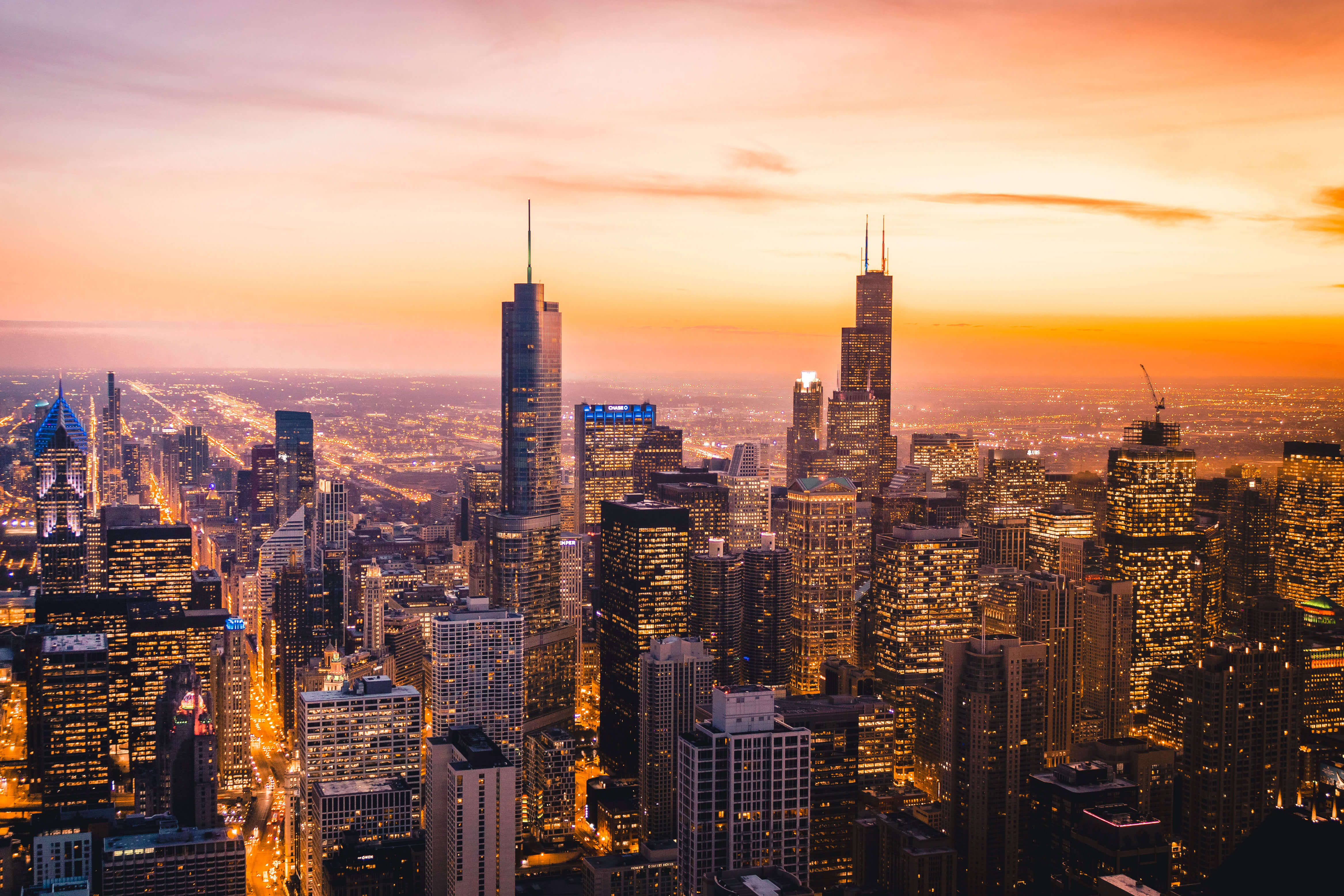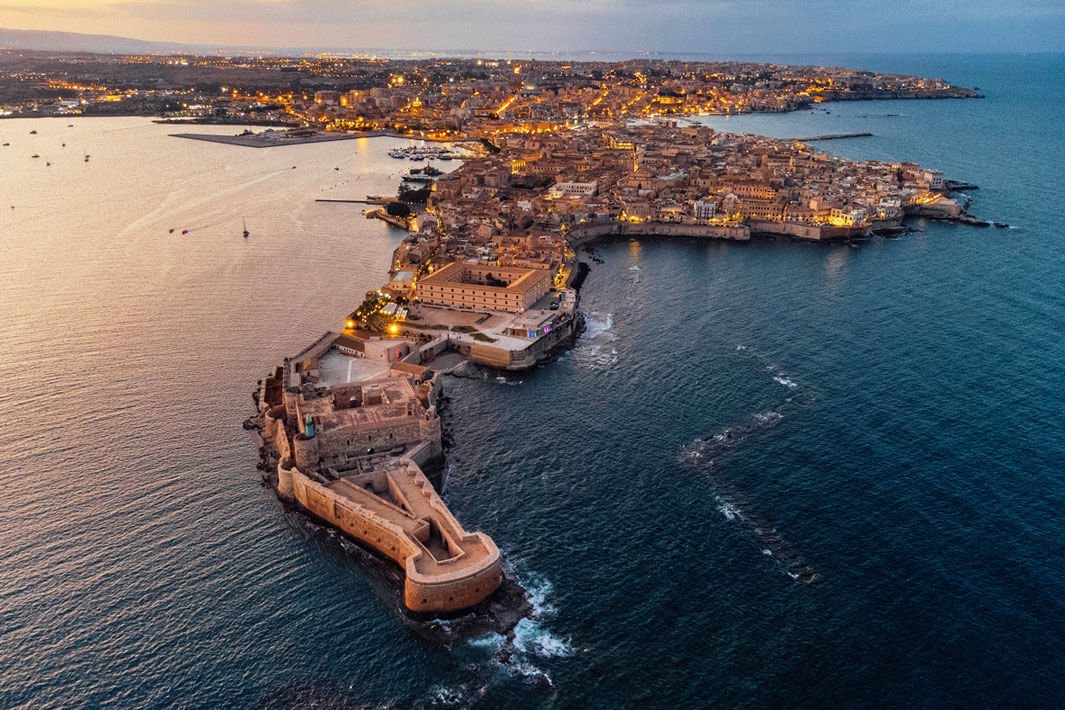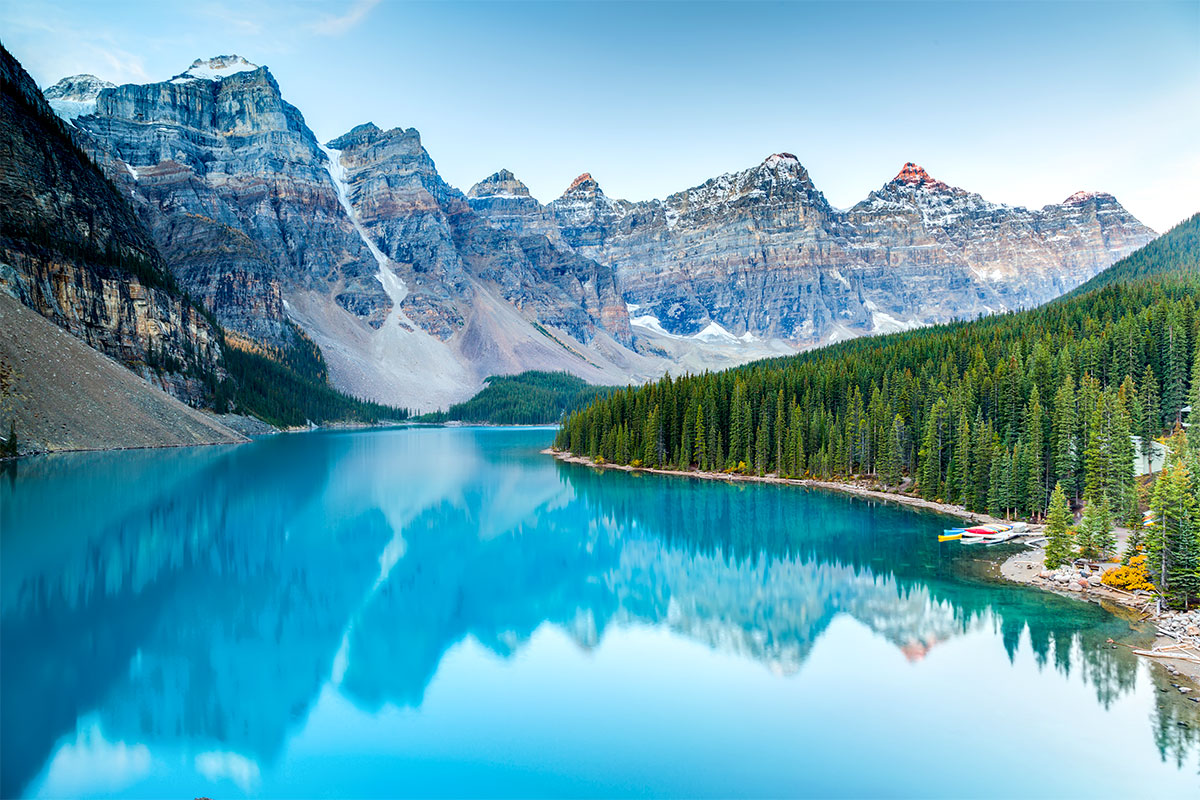1/1 Oops. Incorrect.
0%
0pts Earned
0/1correct
10/10
Alaska’s Seward Peninsula contains four of the world’s largest what?
A maar is formed after hot magma comes into contact with shallow groundwater, producing a violent explosion above ground. The explosion results in a circular, hollow depression that fills with groundwater to form a shallow pond or lake. The Bering Land Bridge National Preserve on Alaska’s Seward Peninsula contains the four largest maars in the world, including Whitefish Maar, which is between 100,000 and 200,000 years old.
Source: National Park ServiceIsthmuses
20%
Bights
35%
Maars
29%
Geysers
16%
9/10
What does the French geography term “arête” translate to?
The French word for “ridge,” an arête is a thin ridgeline that separates two cirques, or circular basins formed by glaciers. After a glacier carves out steep bowls on either side of a mountain, it leaves behind a sharp ridgeline which is referred to as an arête. A common example is the Garden Wall in Montana’s Glacier National Park, a famous landform known for its razor-thin arêtes.
Source: National Snow & Ice Data CenterIsland
3%
Crater
14%
Ridge
78%
Stream
5%
8/10
What is another term for a boreal forest?
A taiga, also called a boreal forest, is a forest located in the subarctic zone, which is the region just below the Arctic Circle in the Northern Hemisphere. Situated between the vast arctic tundra and more temperate forests to the south, taigas are common in Scandinavia, Canada, and Alaska. The world’s largest taiga is located in Siberia, Russia.
Source: BritannicaTaiga
43%
Moraine
31%
Karst
12%
Polynya
14%
7/10
Which region is famous for its abundance of cenotes?
Pronounced “seh-no-tay,” a cenote is a cave that contains a sinkhole of deep water that is fed from a current of subterranean rivers and rainwater. Mexico’s Yucatan peninsula is famous for its abundance of cenotes, part of the region’s vast cave system. The term comes from the ancient Mayans, who called these sinkholes dz’onot, which translates to “cavern with water.”
Source: Cenote FinderYucatan Peninsula, Mexico
73%
British Columbia, Canada
8%
Shetland Islands, Scotland
17%
Arabian Gulf
2%
6/10
In what part of the world would you find a calanque?
Specific to the Mediterranean Sea, a calanque refers to a narrow inlet surrounded by steep limestone cliffs. Calanques are relatively young from a geological standpoint, having begun to form when the region’s coastal valleys were flooded in 11,000 BCE. By comparison, the coastal valleys in the Mediterranean date back 5.5 million years.
Source: World AtlasMojave Desert
3%
Amazon Rainforest
17%
Mediterranean Sea
68%
Tibetan Plateau
12%
5/10
Which term comes from the German word for “loose”?
A loess forms when sediment is carried by wind and deposited onto land. The term is derived from the German word for “loose,” since these wind-blown deposits are loosely packed together. Varying in size, from an inch tall to hundreds of feet high. The most extensive loess deposit in the world can be found on the Loess Plateau in northern China.
Source: National GeographicGeyser
15%
Loess
74%
Maar
8%
Presque-isle
2%
4/10
Which of these terms refers to a small mountain lake?
A tarn is a small mountain lake that forms in bowl-shaped valleys carved out by glaciers, known as cirques. Once the glacier has melted away, rainwater or river water flows into the depression left by the glacier, creating a tarn (also known as a rock-basin lake). The term "tarn" is derived from an Old Norse term meaning "pond."
Source: World AtlasEsker
21%
Cay
21%
Tarn
45%
Atoll
13%
3/10
Where are bights found?
A bight is a long, gradual bend in a coastline that forms a large, open bay. Bights can be found all over the world, but some of the most well-known are the Southern California Bight, which runs from Point Conception near Santa Barbara to San Diego, and the Great Australian Bight, which covers much of the continent's southern coast.
Source: NOAAMountaintops
8%
Coastlines
66%
Caves
13%
Rainforests
13%
2/10
What is a skerry?
A skerry is a rocky islet that is typically not large enough for humans to live on. Mostly formed by glacial erosion, they’re common along the high-latitude coastlines of Norway, Iceland, and Greenland, as well as other areas of the Northern Hemisphere. The term “skerry” comes from the Old Norse word “sker,” which means “rock in the sea.”
Source: World AtlasA young volcano
3%
A small rocky island
69%
A narrow peninsula
27%
The center of a continent
1%
1/10
Panama is located on which type of landform?
An isthmus refers to a narrow strip of land that connects two larger landmasses, separating two large bodies of water in the process. The country of Panama is located on the Isthmus of Panama, which separates North and South America. It is also the site of one of the world’s most famous trade routes throughout the world, the Panama Canal, which connects the Atlantic and Pacific Oceans.
Source: National GeographicBight
3%
Isthmus
91%
Oxbow
4%
Cenote
3%
Play Quizzes By Category
Play A Trending Quiz
Trending, related and recent quizzes you may be interested in






